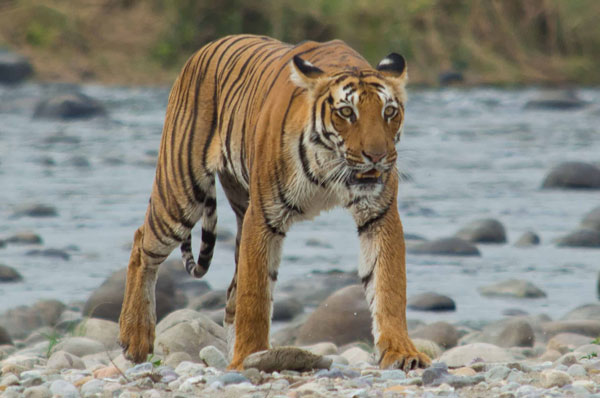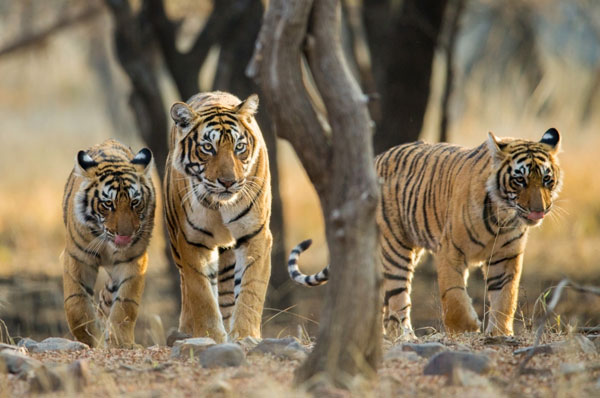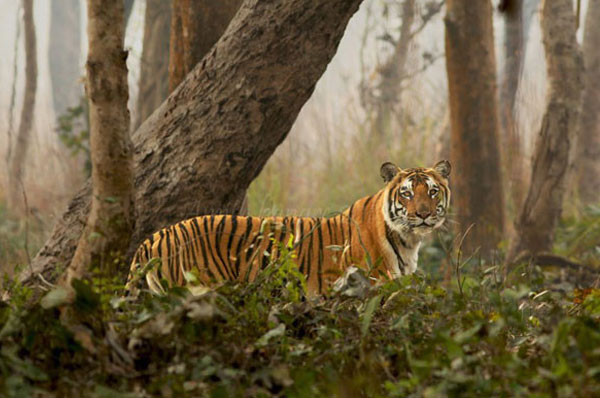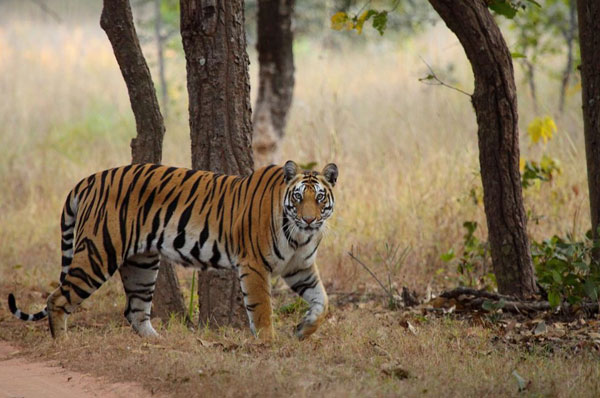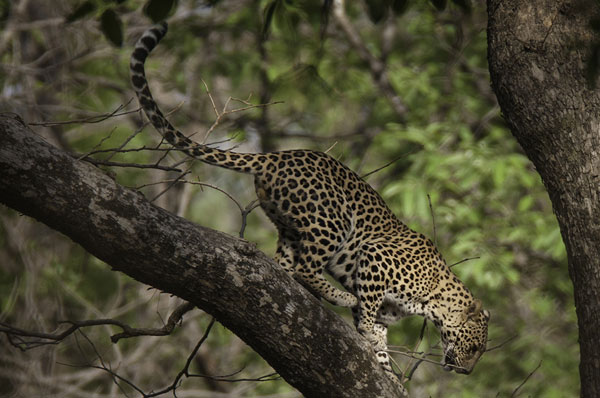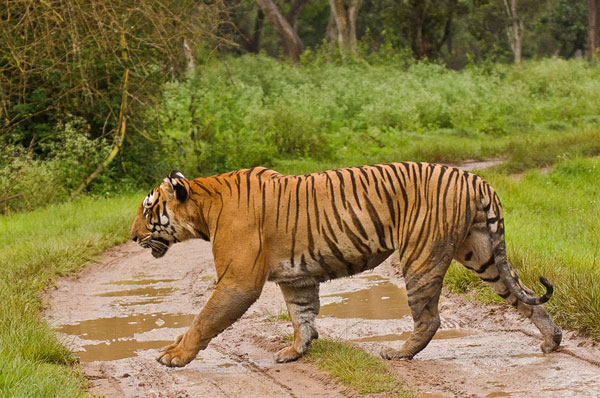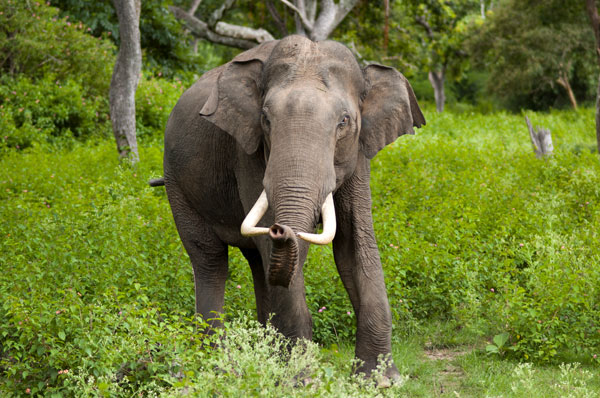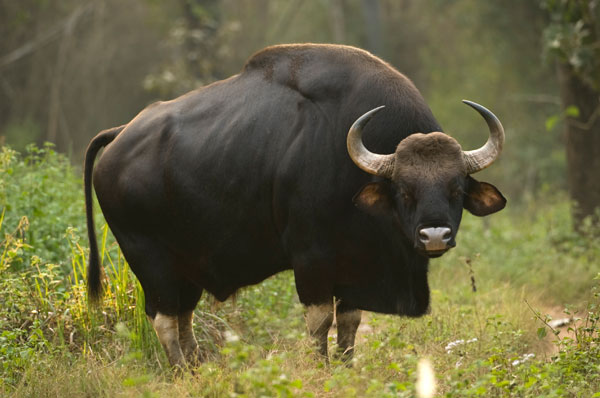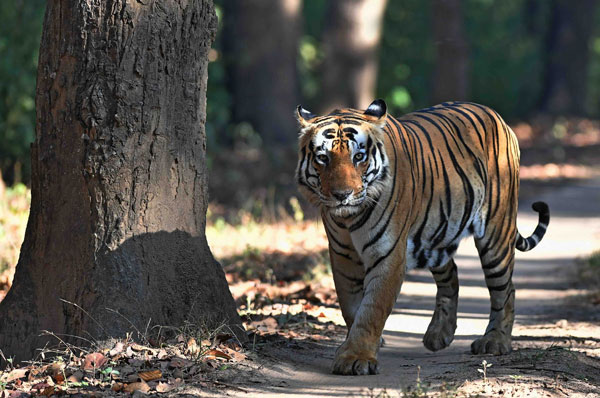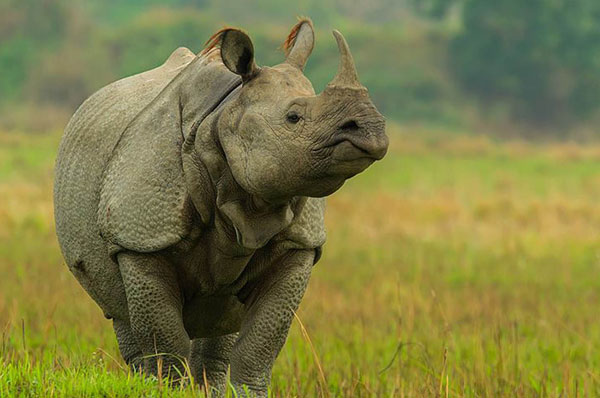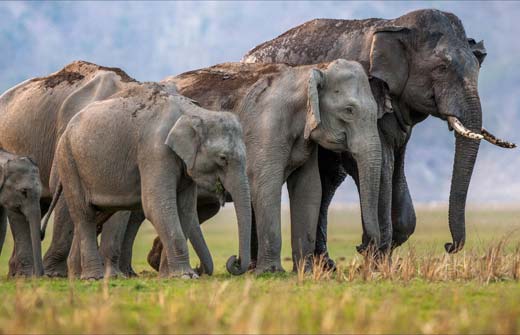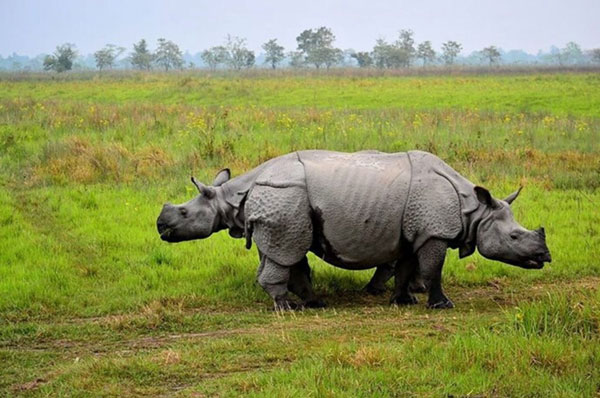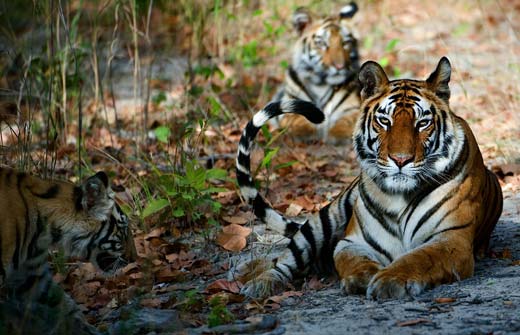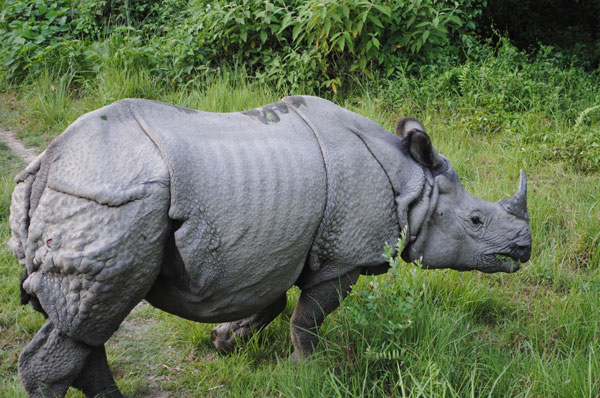As the number of tigers is decreasing day by day, we need to take preventive measures to save them from getting extinct. Numerous efforts are being carried out to save their species, and Project Tiger is an important movement aimed at the Wildlife conservation of tiger in India.
The habitat required by the Tigers should be made proper, and any cutting of trees in that area should be avoided. Being the national animal of India, it is our duty that we safeguard the wildlife properly. Many projects taken by India has led to a decrease in the depletion of tigers.
Many conservation areas were created to make sure that no human could enter the area and do any harm to the tiger or its habitat. Project Tiger was first initiated in the year April 1, 1973, and is still going on.
This project was started to save tigers. The much-needed project was launched in Jim Corbett National Park, Uttrakhand under the leadership of Indira Gandhi. The objectives of the Project Tiger was clear- saving Royal Bengal Tigers from getting extinct.
The major cause of their depletion is humans, and so all the conservation areas are made human free. They made sure that the place that tigers lived in was also safe and secure.
Project Tiger has been successful in increasing the population of the tigers. The number has increased from 1200 to around 5000. The project team has been doing its work with full dedication, and all national parks are putting efforts in doing the project. There are around fifty national parks and sanctuaries that are involved in this project.
Jim Corbett, Bandipur, Ranthambore, Nagarhole, Nazgira, Dudhwa, Gir, Kanha, Sunderbans, Bandhavgarh, Manas, Panna, Melghat, Palamau, Similipal, Periyar, Sariska, Buxa, Indravati, Namdapha, Mundanthurai, Valmiki, Pench, Tadoba Andhari, Dampa, Bhadra, Pench (Maharashtra), Pakke, Nameri, Satpura, Anamalai, Udanti- Sitanadi, Satkosia, Kaziranga, Achanakmar, Dandeli Anshi, Sanjay- Dubri, Mudumalai, Nagarhole (Karnataka), Parambikulam, Sahyadri, Bilgiri, Kawal, Sathyamangalam, Mukandra, Srisailam, Amrabad, Pilibhit, Bor, Rajaji, Orang and Kamlang are the national parks in India involved in the Project Tiger.
Recent additions to this project are are: Ratapani Tiger Reserve(Madhya Pradesh), Sunabeda Tiger Reserve (Odisha), and Guru Ghasidas (Chhattisgarh).
There were many obstacles in the project like poaching and the Forest Rights Act, but all were handled well by the government, and the project is running in full speed.
The success of Project Tiger:
The journey of increasing tiger population has not been easy. Around the 1970s the tiger count was only one thousand and two hundred, but according to the recent census, it has increased to five thousand. In fact, there has been a thirty per cent rise in the population in the last eight years.
This says a lot about the efforts put in by the government and the national parks. While the whole world is seeking methods of increasing the number of tigers, India has already started achieving milestones through Project Tiger.
From turning hunting grounds to tiger reserves, India has shown its magic of conserving wildlife in general. They have also updated the acts regarding forest and wildlife. Any kind of illegal trading of animals has been banned.
Human interference in any of the reserves and forests is not allowed. A proper habitat has been created for the Tigers to hunt, live and survive. The world has recognised this project as the ‘Most successful project’.
The project is still going on and will continue until the Tigers don’t come out of the endangered species category. The next recording of the population is going to be in 2019 and the number recorded will be a mark of success.
Challenges faced by the government for Project Tiger:
Any successful project has to bear a lot of pressure and has to face many challenges. Making Project Tiger into a successful piece of work, there are efforts and dedication of various government officials. During ancient times, it was difficult to take off the lands that were used for hunting. Many didn’t like it and raised objections. But the project happened nonetheless.
Another major challenge was poaching. Many individuals use to sell tiger bones and skin to international markets. This was a major business for them and earned good money. After all the initiatives taken by the project, they couldn’t stop illegal trading of animal skin. Individuals used to break the law and sell them to international buyers. This triggered the depletion of tigers. The government officials made strict law and grounded the problem.
During the building of sanctuaries and reserves, the human population living over there faced the problem and therefore raised their voice against it. They passed out a Forest Rights Act in which they stated their difficulty. They wanted to have space for them as well and did not want to move from their original area.
In some national parks, humans still reside on the outskirts of the park. They have come in peace with the Project Tiger and understood its importance. Though some individuals are not very sure about the decision, the project is happening in full speed.
Employment generated by the Project Tiger:
With the increasing success of the project, the demand for human help came into the picture. Starting from building national parks to handling it, every aspect of it generated employment.
When the grounds were converted into national parks, general labourers got work. And as the project is still exceeding, there is always a need for labour. Other than that, builders and architects are needed to plan the area. The Project Tiger made a point to appoint the best worker, new or old.
After the work was done and the wildlife was settled, the national parks require management. There is a conservation team for every state. In that team, managers, supervisors and employees were recruited.
To make people aware about the existence of the Project Tiger and to make them realise the importance of the problem, a marketing team was hired. Posters, banners, television commercials and social media helped in spreading the word.
The breeding of the animals is done by the experts. This part of the job is ever increasing due to the spread of the project. They make sure that all the facilities, species and everything is proper for the breeding of the tigers.
The most significant job that gets majority profit is the tourism industry. With national parks exceeding and rare animals being conserved, tourists visit the place often. The national parks have started to keep an entry fee and also has safaris for extra income. The local guides are getting more opportunities to do their jobs.
This way the Project Tiger was not only useful for tigers, but for humans as well.
How Project Tiger helped in protecting other wild species?
After seeing the success of Project Tiger, the government updated the Wildlife Protection Act of 1972. This made sure that along with tigers, other wildlife also gets protected. One by one, every national park took an initiative to save endangered species. For, e.g.: Gir conserves lions, and Kaziranga conserves one-horned rhinos. The project made people realize the importance of other wildlife.
As hunting was banned to save tigers, other animals were also saved from the brutal clutches of the game. Eventually, the population of many animals started increasing. Tiger reserves also have various other animals. So along with the tigers, even they are conserved.
All decisions taken in accordance with Project Tiger helped in the growth of other species. Many national parks started having their own individual projects. Despite all the challenges, the project made sure to save animals from the hands of humans.
Government became more aware of the species that are depleting. The awareness made them realize to do something about the other endangered species as well. Now along with the national animal of the country, all the other species are also being saved.
Conclusion:
Project Tiger has been undertaken by more than fifty national parks, and every park is putting an equal effort to save the endangered species.
Increasing four thousand tigers in the past few years is one of the landmark achievement of the project. Humans have stopped hunting and illegal trading of tiger skin to a very large extent, it has almost stopped.
The project has made sure that tigers do not have to suffer because of selfish human needs. All the other animals that were depleting because of human interference has stopped.
The national parks are taking initiatives to save and conserve every animal. People have become more aware of the wildlife problem and have taken steps to stop them from decreasing.
Project Tiger also generated jobs for many individuals. The wildlife has been facing little fewer problems since the project started.
Project Tiger has saved not only tigers but also saved other aspects of wildlife!

